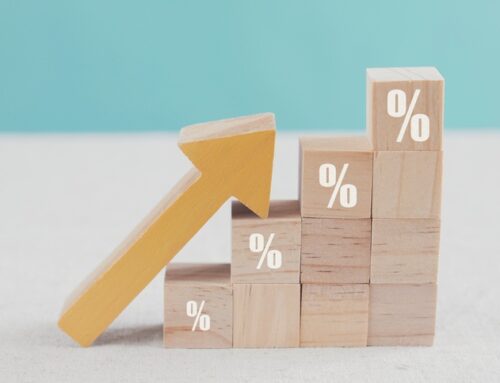Home » Uncategorised »
Buy-to-Let Mortgage Rates Drift Upwards Following Rate Rise
This article is an external press release originally published on the Landlord News website, which has now been migrated to the Just Landlords blog.
August’s 0.25% increase in the Bank of England’s base rate has begun to feed through to buy-to-let mortgage rates, according to research carried out by online mortgage broker Property Master.
The news comes as the Bank’s Monetary Policy Committee (MPC) prepares to meet again today.
The average standard variable rate for a buy-to-let mortgage unsurprisingly saw the greatest month-on-month increase, with the cost on an interest-only loan of £150,000 jumping from £603 per month to £620.
For average five-year fixed rate loans, which are increasingly popular with private landlords looking to manage their outgoings over time, the cost of a similar loan rose from £348 per month to £350 if the customer was looking to borrow 65% of the value of the property, and from £423 to £425 if 75% of the property’s value was required.
The Mortgage Tracker from Property Master follows a range of buy-to-let mortgages for an interest-only loan of £150,000. The rates and costs recorded include product and application fees. Deals from 18 of some of the biggest lenders in the buy-to-let sector were tracked, including: Barclays, BM Solutions, RBS, The Mortgage Works, Godiva and Precise.
Angus Stewart, the Chief Executive of Property Master, comments: “The move by the Bank of England to normalise borrowing rates following the last market crash seems to be truly underway, and it is beginning to feed through to buy-to-let mortgage rates, which, up until now, have been relatively stable. The MPC meets again [today], but market commentators are not yet expecting another rate rise quite so soon.
“However, private landlords, especially those on standard variable rates that have seen a big jump in cost month-on-month, should really be carefully evaluating their finance requirements. Whilst increased competition has helped to keep costs down to some extent, the trend is now upwards, and we would expect keenly priced fixed rates to be snapped up.”



